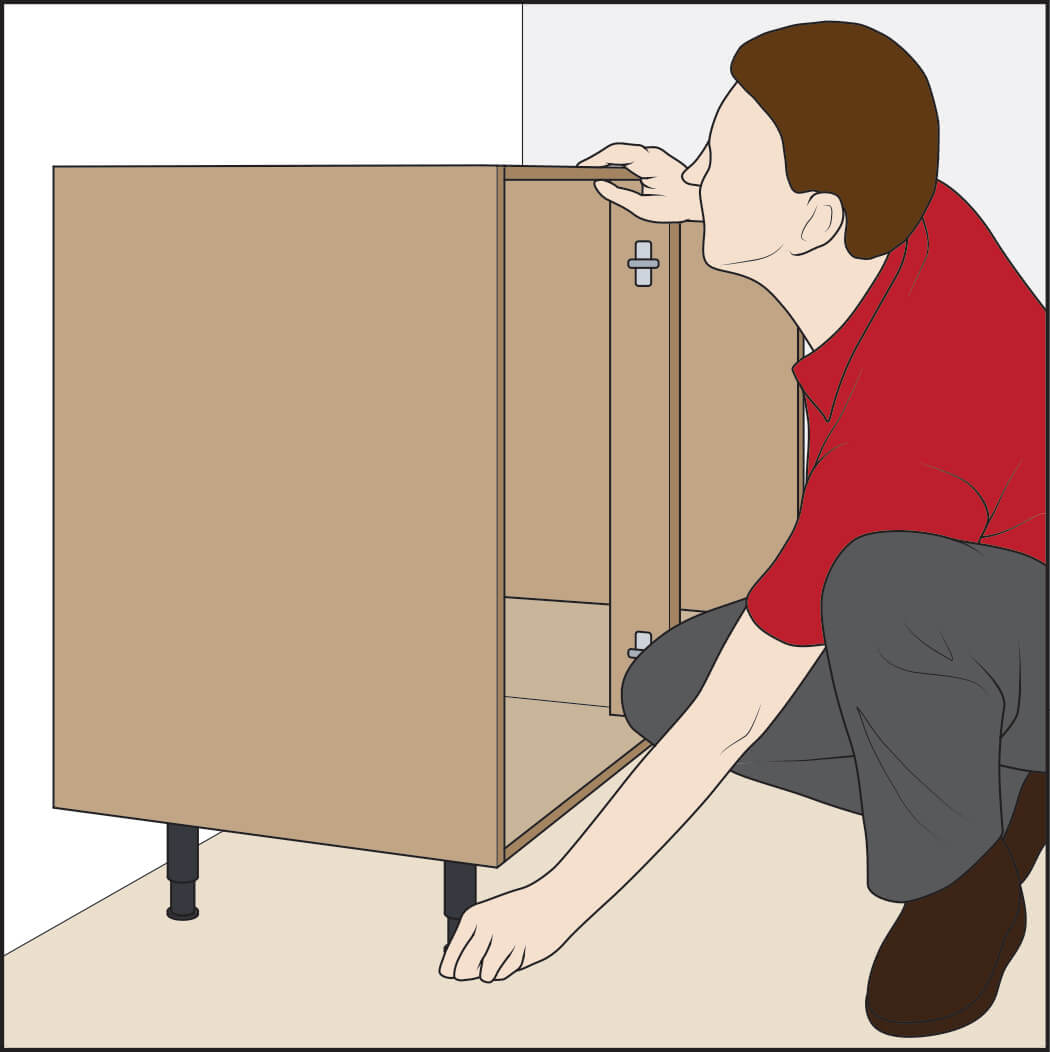Which Unit Should I Install First? A Guide to Starting Your Kitchen Fitting Journey
Initiating the kitchen fitting process might seem daunting with the myriad of units and accessories at hand. Our guide helps demystify which unit to fit first, offering step-by-step advice to ensure a seamless kitchen installation.

Kitchens, a cornucopia of shapes, sizes, and designs, invariably feature a variety of kitchen units.
The array of base units, wall units, tall units, and accessories might seem overwhelming initially, but a methodical approach can turn this seeming chaos into a harmonious kitchen space.
Top Tips for Successful Kitchen Fitting
- Take your time: Rushing can lead to mistakes and inaccuracies.
- Focus on individual units: Adjust and align each unit correctly before moving on to the next.
- Prioritise corner units: If present, these units should be your starting point.
Starting with Base Cabinets
The initial phase of kitchen fitting commences with the installation of the base cabinets. These foundational units set the tone, providing a framework around which the rest of the kitchen evolves.
Whether your kitchen is spacious or cosy, straight or angular, focusing on base cabinets first is a universal starting point.
Corner Base Unit Consideration
For kitchens featuring corners, special attention must be given to the corner base unit. This unit forms the cornerstone, guiding the installation of surrounding units.
Ensuring its correct placement is pivotal, laying the groundwork for a well-aligned kitchen.
Methodical Installation: One Unit at a Time
Patience and precision are key when installing a kitchen. Addressing each unit individually guarantees accurate fitting and height adjustment.
This meticulousness pays off, avoiding mishaps and resulting in a kitchen that not only looks its best but functions flawlessly.
FAQs: Kitchen Fitting
Embarking on a kitchen fitting journey raises numerous queries. Our FAQ section addresses common questions, providing clarity and reassurance for a smooth installation process.
Which unit should I fit first?
The base cabinets should be installed first, starting with the corner base unit if present.
Why is it important to install one unit at a time?
Installing units one at a time ensures accurate fitting, alignment, and height adjustment, reducing the risk of mistakes.
What role does a corner base unit play in kitchen fitting?
The corner base unit acts as a cornerstone, guiding the placement and alignment of surrounding units.
How does the shape and size of the kitchen affect installation?
The kitchen’s shape and size can dictate the placement and alignment of units, especially if there are corner units involved.
Can I rush the kitchen fitting process?
Rushing is not advisable as it can lead to mistakes and inaccuracies, compromising the final look and functionality of the kitchen.
Is it difficult to fit a base unit?
With careful planning and a methodical approach, fitting a base unit can be straightforward.
Why is the initial placement of units so crucial?
Initial placement sets the alignment for the subsequent units, impacting the overall layout and functionality of the kitchen.
How can I ensure that each unit is fitted correctly?
Taking your time, following instructions meticulously, and adjusting each unit individually can guarantee correct fitting.
Are wall units installed after all base units?
Yes, focusing on base units first provides a framework for the installation of wall units.
What if my kitchen doesn’t have a corner?
Even without a corner, starting with the base cabinets remains the recommended approach.
Conclusion
Embarking on a kitchen fitting adventure needn’t be daunting.
With a thoughtful, methodical approach and by starting with the base cabinets, your kitchen will come together harmoniously.
For a range of quality, affordable kitchen units, visit Better Kitchens and embark on a journey to kitchen excellence!




